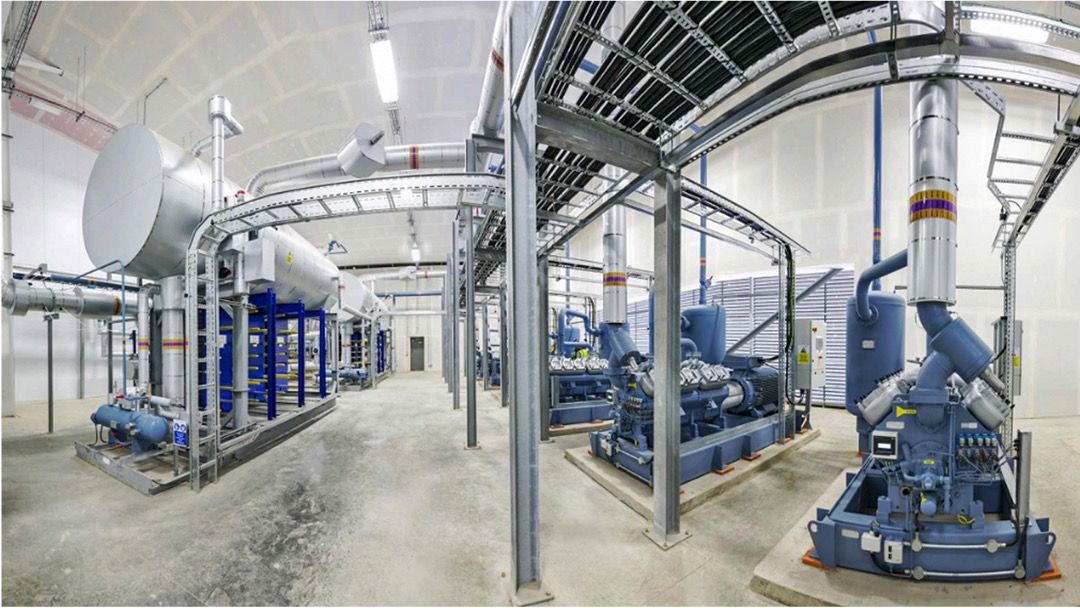S&R Refrigeration Insights 2023
03 October 2023 | Ivana | Editorial Feature
Cool Customer
Local and global trends, insights, and innovations in commercial refrigeration
When it comes to refrigeration, local retailers and wholesalers can rest assured that South African manufacturers and resellers are at the top of their game.
Keeping abreast of international innovations, adapting these to local conditions, and recognising the need to meet global environmental standards even before they are introduced in South Africa are just some of the ways local refrigeration solutions experts are ensuring their customers keep cool under pressure.
Staycold International Sales Director Sebastian Hills, and Scott Messenger, Sales and Marketing Director at Concord Retail Solutions, share some valuable insights into the local market, touching on trends, innovations, and new tech that will impact the South African refrigeration industry.
Background and context: Staycold units are manufactured locally, to exacting specifications, and energy efficiency as well as a reduced environmental impact are a core company philosophy.
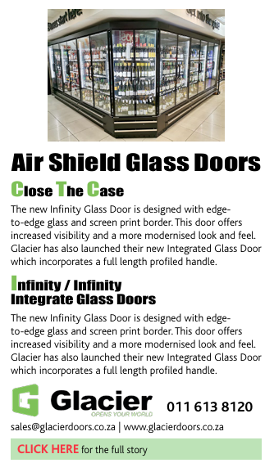
Innovations and new tech
Q: What innovations and new developments have occurred in the local and global refrigeration industry over the last few years?
The recent move to HC (hydrocarbon) refrigerant gas solutions has been a significant innovation in the world of refrigeration. The gas itself is far more environmentally friendly than its predecessor, but the components that need to be used within the unit are also substantially more efficient than previous components, making for a far superior product.
Hills says, “The fan motors are a major point – as HC gas is flammable, the use of old tech shaded pole fans has now been replaced by sparkless EC (electronically commutated) fans which offer significant energy savings (up to 70%) compared to shaded pole fans.”
An EC motor combines the best of both AC and DC voltages. Hills says that overall, making a cabinet as efficient as possible is key to reducing its consumption, and as the cornerstone of refrigeration is the removal of heat, technology that prevents that heat from entering the cabinet in the first place is as much of a priority as the mechanics of how that heat is removed by an efficient heat pump.
“This is where factors such as good insulation – such as environmentally friendly blowing agents like EcoMate in the polyurethane mixture – comes into play. Equally as important in a display cooler is the glass itself, as up to 80% of the heat ingress into a display cooler is via the glass door.
This is why we use Low-E (low thermal emissivity) glass as standard in our units. Similar to the technology used on visors used by astronauts, the Low-E coating reflects away some of the heat radiation that would normally travel through the glass into the case.”
For Concord’s Messenger, their imported European-made Fricon self-contained freezers represent a groundbreaking stride in redefining energy-efficient products. He says, “These freezers herald a new era of sustainable refrigeration. Their energy efficiency, synergy with solar power, potential for energy and cost savings, user friendly operation, and adaptability for retrofitting underscore their position as pioneers in the field.”
Q: We’ve seen global companies talk a lot about energy management. How does that affect the local market?
Energy management is another area that has seen impressive improvements and new developments in terms of technology, software, and hardware.
Hills says, “Control of the refrigeration system, as well as the functionality of the machine itself, is achieved using an EMD (Energy Management Device).
We use the Danfoss ERC112d EMDs in our units, and these offer full digital control of the refrigeration system, as well as the lighting and fans, with clever functionality that reduces each unit’s use of energy during off peak times with its ECO mode function.
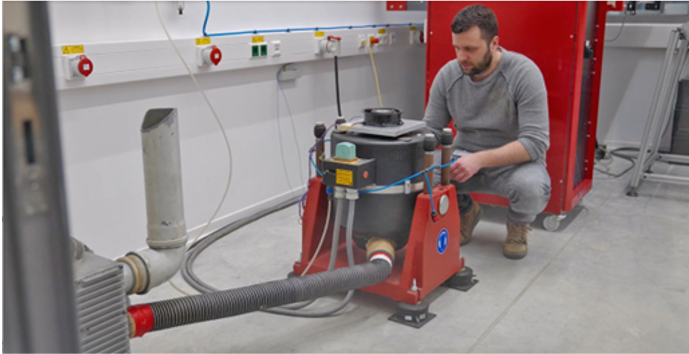
Emd 2
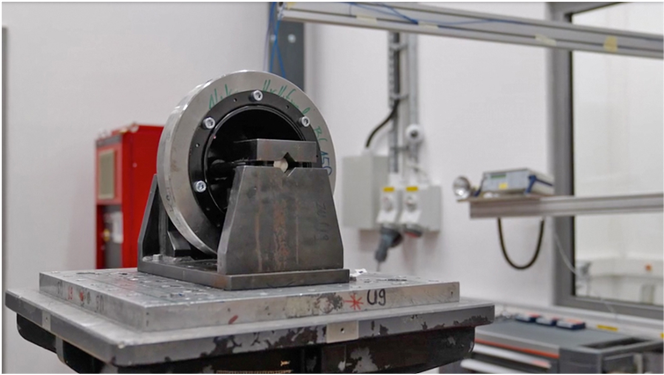
Solar Conversions

This function engages automatically and can save up to 30% electricity consumption over a 24-hour period.”
He adds, “We recently introduced a telemetry device that plugs directly into the EMD and allows for remote monitoring of the key condition and usage elements of the fridge via a web portal. This also enables owners of large fleets of units to better monitor their usage and condition and implement behavioural changes that will make their use more efficient and cost effective.” Hills agrees, saying customers can benefit greatly from product ranges that are available with these features.
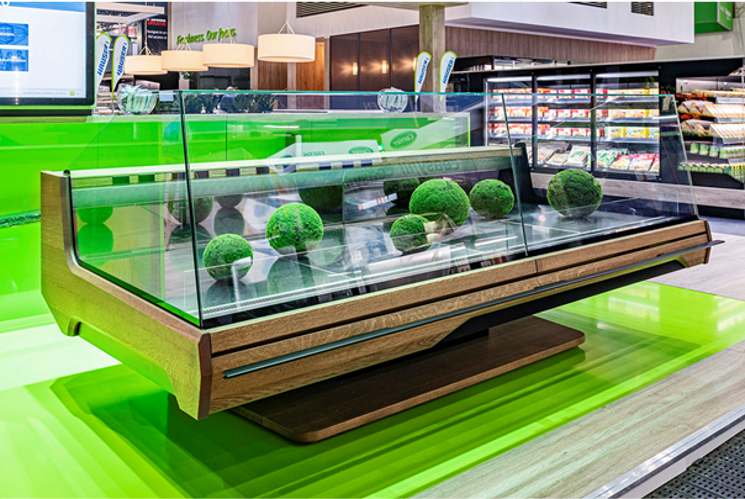
Refrigeration cases that are powerful, reliable, durable, fit for purpose, and energy efficient provide the optimum value.”
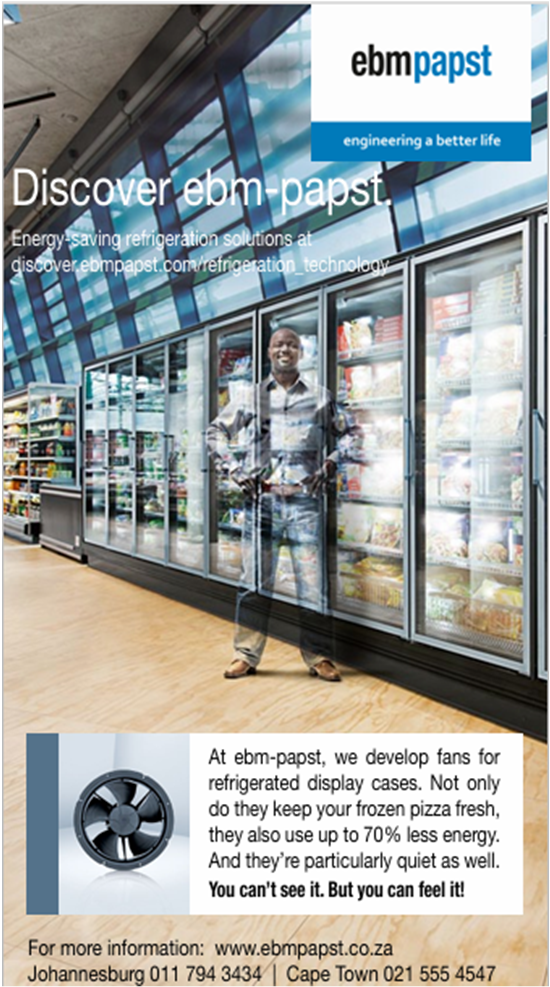
Solar conversions
Q: Is solar energy a viable option for local retailers and wholesalers?
The impact of load shedding on commercial refrigeration cannot be underestimated. A compromised cold chain affects not only product quality and customer satisfaction, but it can also be a significant health and safety concern.
Uninterrupted refrigeration and freezer systems are crucial in the FMCG retail and wholesale sector. “The use of solar in conjunction with refrigeration is an area that is being developed at the moment,” explains Hills.
“Currently the power requirement of larger commercial units, such as 2m uprights, both single and double door, is too great to be practically used with a DC heat pump system.
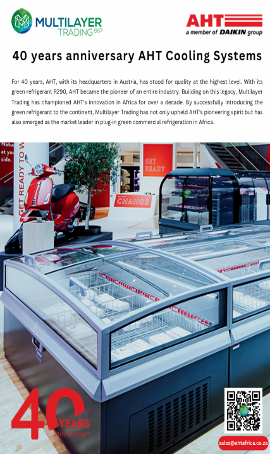
Ease of use
Q: Is the new technology all it’s cracked up to be, or are retailers and wholesalers just creating a rod for their own backs by employing increasingly complex solutions?
All too often, as technology advances, so too does its complexity. This should not be the case with refrigeration, and advancements in technology or energy savings should not increase the burden of use on the store.
Hills explains, “A typical purchaser of a display cooler does not wish to spend time out of their day ensuring that they can realise its benefits
